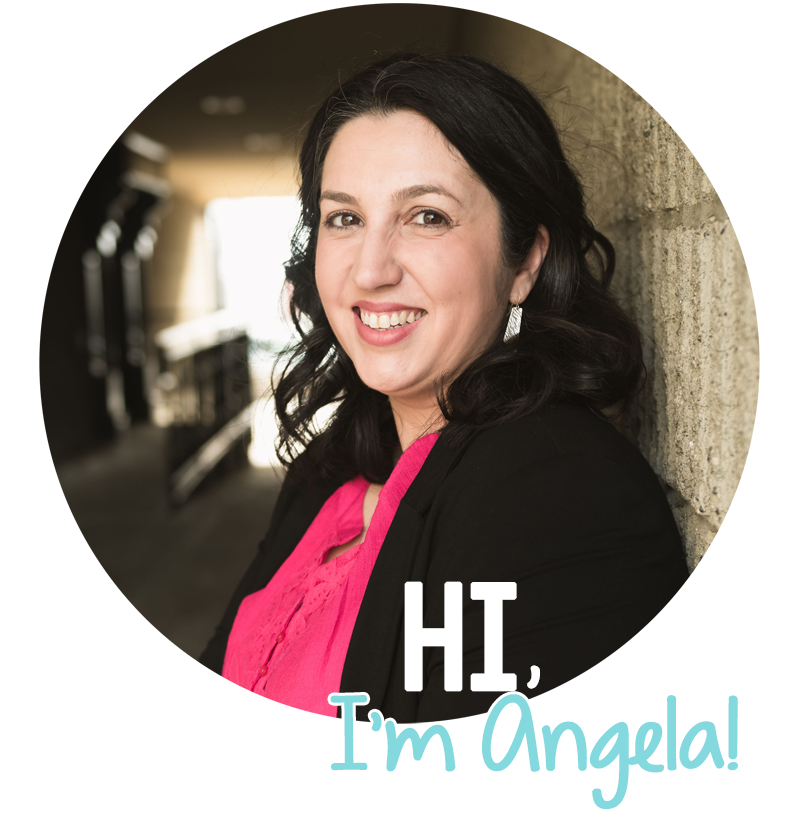
I’m slowly working my way through a second read of Stuart Shanker’s book, “Calm, Alert and Learning”. A team of us at my school are reading this book and will be meeting in a few days to discuss Chapter 2.
If you’d like to read my previous posts, click here and here.
I’m really enjoying re-reading this book, as I’m more focused on ideas like “Zones of Regulation”, “MindUp” and “Mindset”. When working on my year plan, I actually put in a section called “Brainology”. (Side note: I love that term! I read it on another blog somewhere, but don’t remember where…..) My hope is to do a minimum of one lesson a month from one of these programs.
If you really sit down and look at each of these, you’ll start to see a lot of overlap. Though “Calm, Alert, and Learning” is different from Zones and MindUp in that it doesn’t contain a series of lesson plans, the philosophy is very similar. I’m attempting to weave these together into a cohesive flow applicable to grade 4 and the specific needs of my classroom. Wish me luck on such a big task!!
Anyhow, on to Chapter 2 thoughts….
This chapter starts out by recognizing that we are seeing increasingly large numbers of children who are angry or sad and even some who seem to be completely devoid of emotion. Shanker notes that it’s difficult to say how or why this is happening, but states that urbanization, changing family patterns and a lack of exercise and impromptu play could be to blame.
I would agree that as our children become more “plugged in” they are becoming less aware of their surroundings, both in a physical and emotional state.
This quote really struck a cord with me. I agree completely with this! And, I think it’s important that parents and the public are aware of this challenge. Our day as teachers is about so much more than just teaching reading and math. I am constantly checking the emotional state of each of my students and doing my best to up or down shift with brain breaks, effort based praise, proximity, etc.
This chapter provides some excellent examples and strategies that I think will help me become more successful in monitoring those many emotional states.
There is a case study of a teacher named “Kyle” that looks at his grade 6 classroom and their emotions. Kyle found that his students weren’t really even aware of what emotion was and how to recognize it in others. Through deep thinking discussions, looking at emotions in animals (which I think children can connect to much easier than their own emotions, I wonder why that is?), ranking and creating gradations of emotion, yoga and deep breathing, he was able to create an emotionally aware classroom. There are so many excellent ideas here that I think tie in wonderfully to the Zones lesson “The Zones in Me”.
This quote bothered me. It bothered me because I know this, but struggle with it. I know the process is important, for sure. But, the final product should look good too! Shanker argues that we should be placing value on students individual skills and strategies. Again, I agree with this. What I think he fails to mention is that the finished product is a summary of the process. If a student scribbles in their colouring, or misspells words as they rush to complete, to me that says they put little value on the process. Those who present a neat, well laid out project clearly spent more time considering the finer details.
I am totally aware that a science project is not meant to be an art project, and that some students have better fine motor skills than others. I do take into account varying ability levels. What I ask for is a students “best work” and we talk about how that may look different for different people.
The second point to consider is that students are constantly comparing. They may not do it vocally, but they are. There’s nothing worse that posting an art project on the wall and that one glaringly obvious messy job is staring back at you. Everyone sees it. The child who created it sees it. For some, this can be a huge hit to their emotional state. For others, they could care less. I guess the key is to be aware of your students and their emotional needs.
Here are two self-regulation based products from two lovely ladies I know:
1) Hall Stars: This is a management system for younger students and is meant to be used while they walk down the hall. The goal is to have them become self aware of their hallway behaviour over time.
2) What Zone are You In: Similar to my Zone Check-in I posted about briefly in Chapter 1, these bookmarks are meant to be kept personal. Being able to identify the zone they are in will help them to take
actions to regulate their behavior. Being able to regulate behavior will
lead to positive experiences and successful learning.










